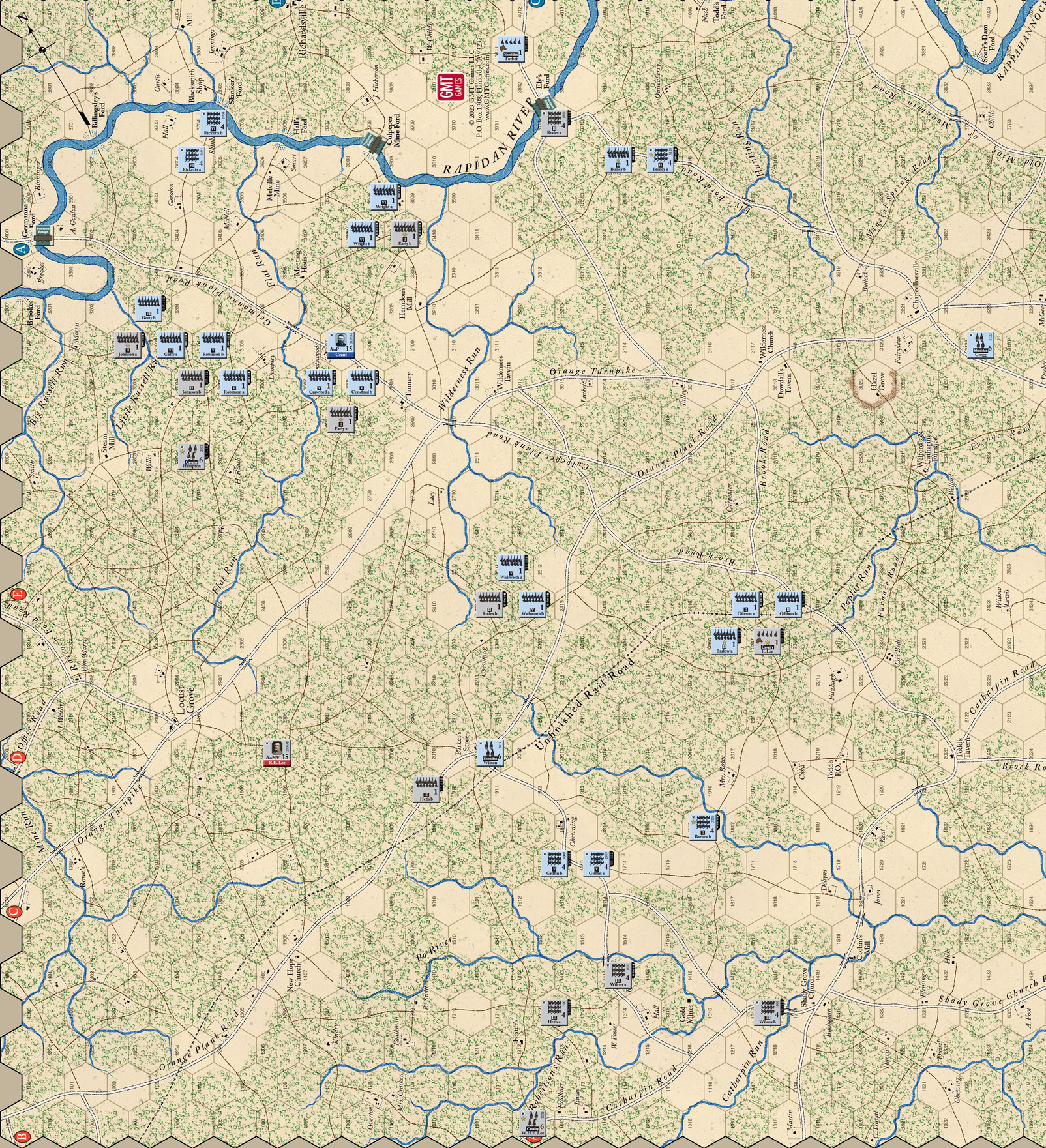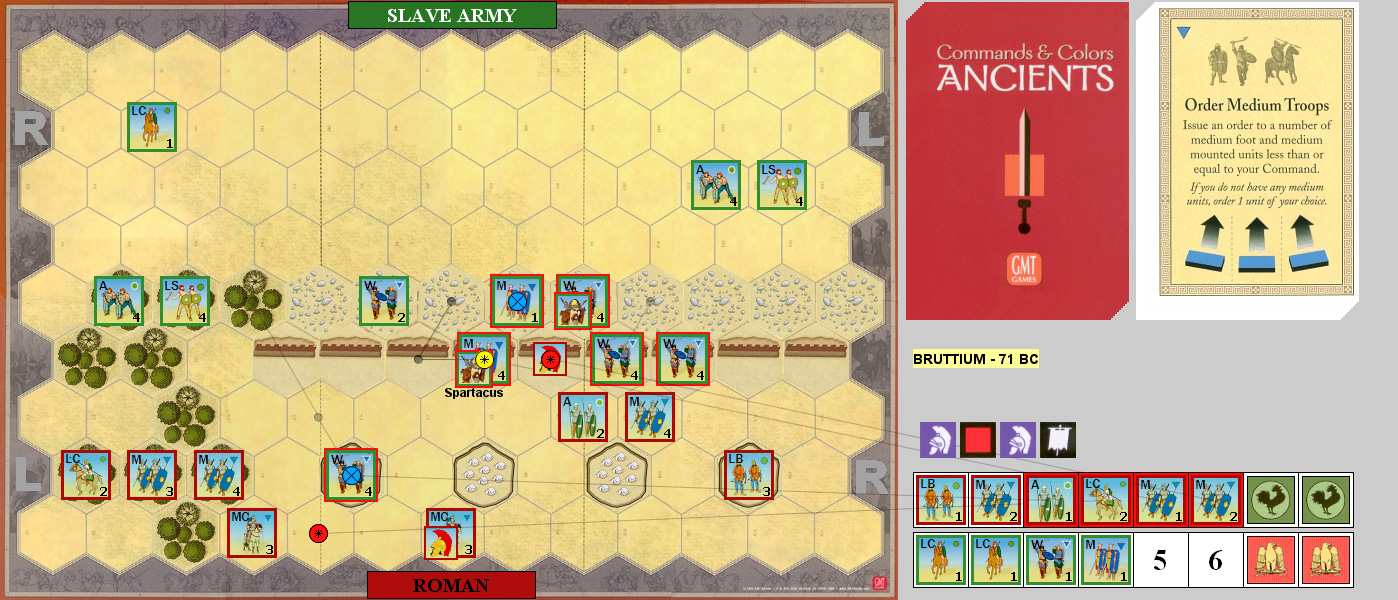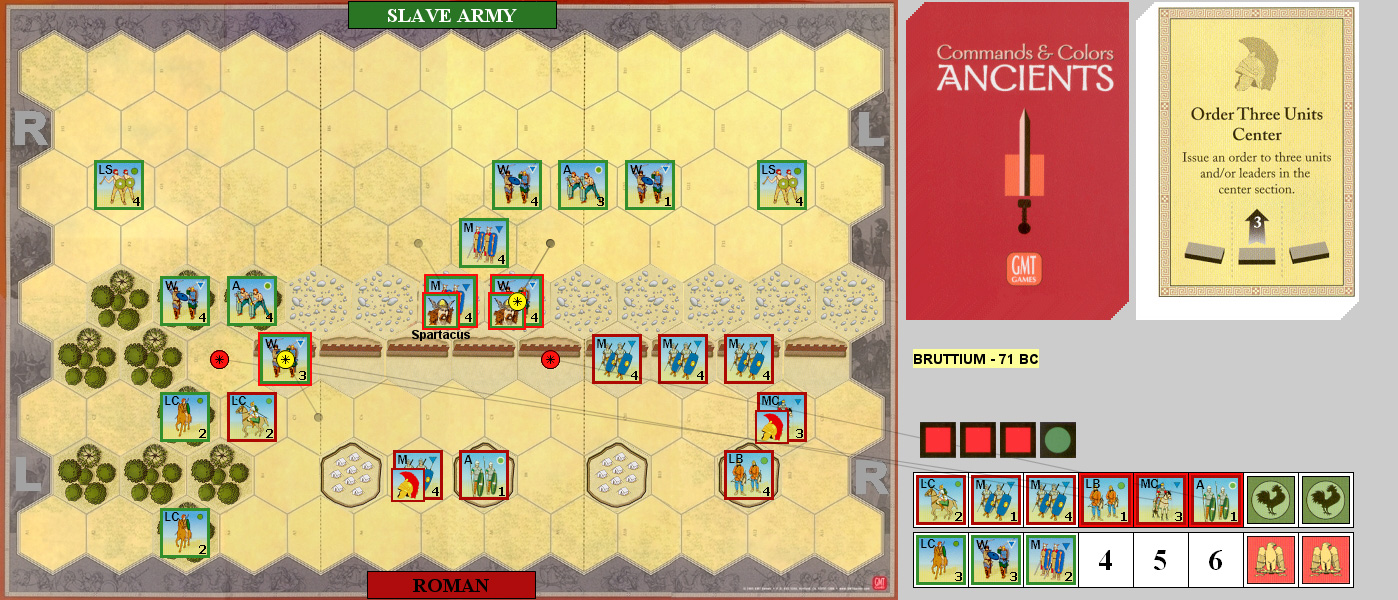 This book gave me a bad impression early on when the introduction states, “All the land taken from Mexico, historians now acknowledge, could have been acquired peacefully through diplomacy and deliberate negotiation of financial recompense.”
This book gave me a bad impression early on when the introduction states, “All the land taken from Mexico, historians now acknowledge, could have been acquired peacefully through diplomacy and deliberate negotiation of financial recompense.”
That’s a rather big pill to swallow. David M. Pletcher did indeed make this argument in a 1975 book (footnoted in this text), but I’m not sure how many people would agree with him, especially in 2012, when this book was written. And in fact, in the main part of the book, when Greenberg gets to it, she acknowledges that just paying Mexico for a huge swathe of its territory was pretty much impossible. Sadly, there’s also no direct engagement with the contention implied in A Country of Vast Designs that Polk was attempting to get a peaceable settlement by playing the same game of brinkmanship that he pulled off with Great Britain over the Oregon Territory. (Admittedly, the other only came out four years before this book, which would be a fairly short turn around time to talk directly to that idea.)
What we do have is an attempt to look at the Mexican-American War through the viewpoints of five people. The problem is only two were directly involved (one killed in action, and one forced through the treaty of Guadalupe Hildago), two peripherally involved, and while Polk was central to the war, he was also physically a long way away from it. So, if you want to understand the actions of the war itself, this book isn’t a great place to go, and when it is talking about that, it’s actually detracting from central parts of her book.
Greenberg is much more critical of James Polk than Merry’s Country of Vast Designs (fine enough), but you also don’t get to know nearly as much about him here, and she could really have used a better look at just how disruptive Buchanan’s actions in the cabinet were.
John Hardin is the surprise star of the book. He was a successful Illinois politician, who’s falling out with Lincoln could have permanently derailed Lincoln’s career. But he gave up his position to support patriotic fervor and went to war. His regiment was shot to pieces at Buena Vista, and he returned home for a state funeral.
Nicholas Trist pretty much single-handedly held the peace process together, and against Polk’s orders produced a treaty that no one could refuse. Merry’s book is longer and more detailed in general, so his treatment of Trist is similarly more detailed there, but there’s plenty here too.
Henry Clay’s involvement in the book is about as outsized as his entire career was. While there’s a lot of attention on the personal side, he’s also part of the political anti-war movement that Polk stirred up with his heavy-handed actions against Mexico. I would have liked to see a bit more coverage on that, though what we get is good.
Abraham Lincoln is the least present of the five people focused on in the book, despite being one of the three to make the cover blurb. There’s no accounting for fame. That said, the end of the book very much leans on him, presenting a speech from Clay that Lincoln attended on his slow way east to take his seat in the House of Representatives. Lincoln had generally stayed away from the subject of the Mexican-American War, and had concentrated his political energies on economic matters. But after this point, he becomes one of the more fiery anti-war persons in the House, making some fame with his “Spot Resolutions” (if Mexico attacked Taylor’s army on American soil, show me the spot on which it happened). The stance may well have sunk what few chances Lincoln had in politics in the short term, but also seems the start of the more morally involved career we see later.
In all, this does add up to a fairly good book. The parts do generally weave together well, and there’s a lot here, even if a lot of it doesn’t get very well developed. If you’re interested in the war itself, look elsewhere, but this shows a lot of the tensions the war generated in the United States.
 The third Paladin’s Legacy book picks up with a nice bit of action, dealing with Arvid and shenanigans around a necklace that seems part of a deep, dark, legacy. He is not part of the most central plot line, and never gets a chance to interact with the other major plots, which do tangle with each other. He gets lost in the big ensemble cast.
The third Paladin’s Legacy book picks up with a nice bit of action, dealing with Arvid and shenanigans around a necklace that seems part of a deep, dark, legacy. He is not part of the most central plot line, and never gets a chance to interact with the other major plots, which do tangle with each other. He gets lost in the big ensemble cast.




